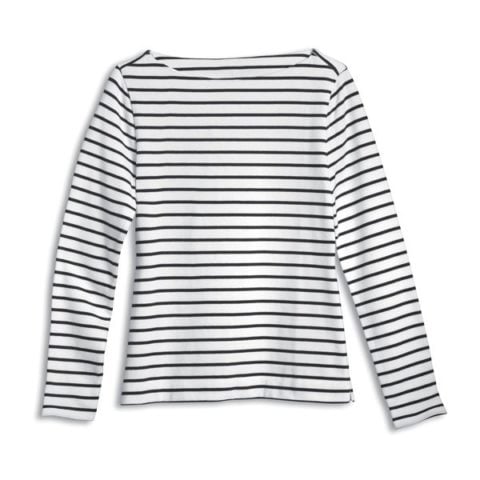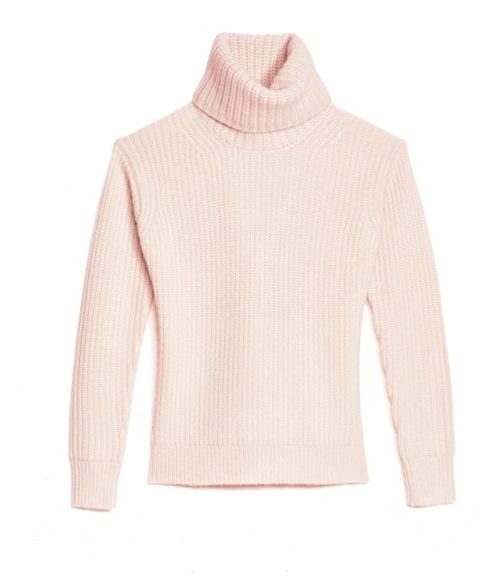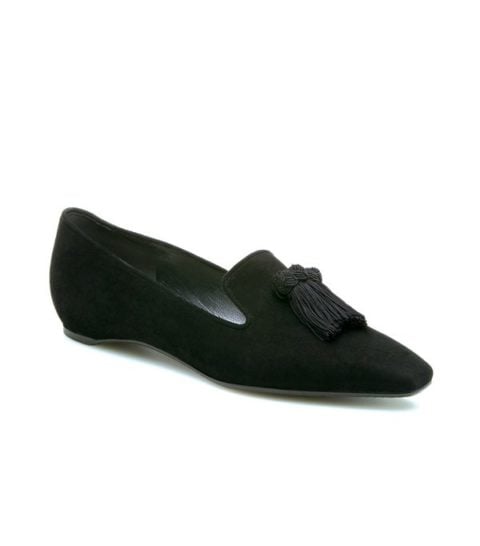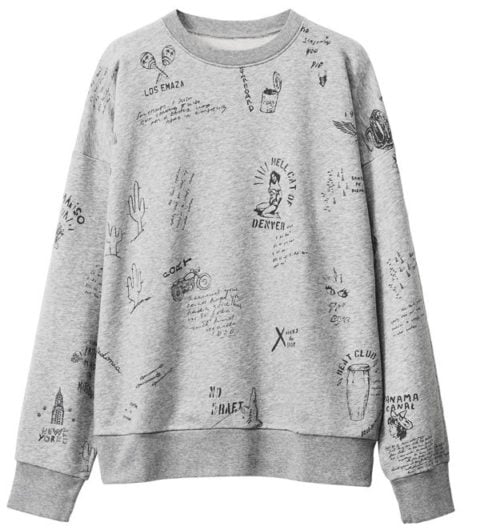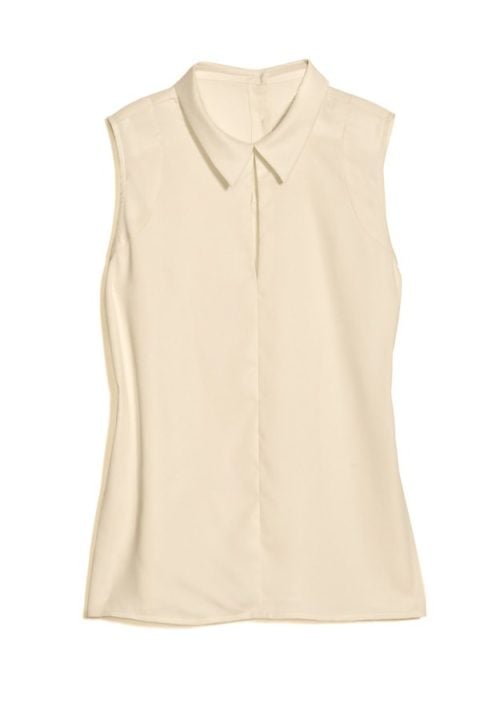Why we buy the same thing over and over: The science behind your closet of repeat offenders

The 5 items our staff buys over and over »
In Breakfast at Tiffany’s, we first meet an elegant if forlorn Holly Golightly peering into the windows of Tiffany & Co. She’s wearing sunglasses and a long black dress. Fast-forward a few scenes and we see her scrambling to get ready for a meeting, hastily slipping her lithe frame into a little black dress. And in the penultimate scene, she leaves the police station for a flight to Brazil and changes into—you guessed it—a black dress. We never actually see Holly’s closet, but it seems pretty plausible that there are at least a few more black dresses in there. She may be a fictional character, but Holly Golightly’s tendency to amass multiple versions of the same item is a classic case of art imitating life. When I moved out of my apartment in December, my boyfriend packed up my bedroom and marvelled at how many pairs of dark blue skinny jeans I own. “There’s your hoard of denim,” he said, pointing to a large, overflowing suitcase (it needed to be expanded to accommodate them all). I’ve personally declared a moratorium on my mother purchasing any more navy-blue suits, and a friend recently made me vow to step in if she tries to buy another pair of black flats. Even Jenna Lyons admits to having an entire rack of white shirts in her closet. So why, even with shelves of blue jeans, closets full of navy suits and countless pairs of black ballerinas, do we keep buying more?
For me, skinny jeans take the guesswork out of getting dressed. In the same way that Claire Underwood on House of Cards defaults to a wardrobe of pencil skirts and stilettos, allowing her to bounce seamlessly from the office to a CNN appearance, my skinnies allow me to go from a press junket to a launch party without a second thought. According to Karen Pine, a psychology professor at the School of Life and Medical Sciences at the University of Hertfordshire, U.K., when it comes to clothing ourselves, we want to feel physically and emotionally comfortable. “We have comfort zones in all areas of our lives, and our wardrobe can be another form of comfort zone where we stick to what we know and what feels safe,” she says. “It’s a fixed sense of self, and a fixed idea of what we feel good in.” If denim weren’t an inherently casual fabric, I’d have worn skinny jeans to my best friend’s wedding.
Like any addict, we repeat shoppers are good at finding ways to rationalize our behaviour. A few years ago, a friend of mine from New York came to visit for the weekend and expressed a desire to go shopping. As she slipped into a clingy black dress, I pointed out that she’d worn a near replica of it the last time she came to visit. She proceeded to point out the “major” differences between the two dresses: this one is an inch longer in the hem, that one has a three-quarter sleeve, this one ruches in the middle, and so on. Crazy as it sounds, this kind of logic resonates with me. Not all clingy black dresses (or skinny blue jeans) are created equal.
On an intellectual level, wearing the same item of clothing also helps us manage how we are perceived by others. Dawnn Karen, a psychologist and founder of Fashion Psychology Success, a fashion consultancy in New York, says: “If you consistently wear the same thing that you know you look good in, people will confirm this and you’ll elicit the same perception every time.” Meaning people may not even notice that I’m always wearing skinny jeans, just that I look consistently stylish.
Stacey Rumpf, a Toronto-based sales manager, confesses to owning 11 pairs of Lanvin ballet flats and 20 leather jackets, nine of which are from the French brand Iro. “Subconsciously, I am a bit of a label whore, and I want people to recognize what I’m wearing, but I know that every time I put on a pair of those Lanvin shoes, they’ll feel and look pretty and delicate, and make me feel pretty and delicate too,” she says. “And they go with everything.” The cognitive process around Rumpf’s repeat buys is echoed in a 2012 study published on the website of The Journal of Experimental Social Psychology. Led by Adam Galinsky, professor of business management at Columbia Business School, the study had participants wear either a doctor’s coat or regular street clothes before taking an attention-based test. Those wearing the doctor’s coat made half as many errors as those in street clothes. Evidently, dressing like a medical professional can make you feel as smart as one. “When we [put] on a suit, we are not only giving impressions to other people, we are also giving an impression to ourselves,” Galinsky told ABC News. “We feel the rich, silk fabric on our arms; that allows us to take on the characteristics of those clothes.”
Of course, there is a difference between buying the same things because they feel good and shopping in circles. “People search for the perfect [piece] and end up having multiples of the same [item],” says Marlo Sutton, personal shopper at Holt Renfrew Bloor Street. “I encourage clients to diversify their wardrobe or buy pieces that complement what they have. Sometimes it’s even just about showing the client a new way to wear those familiar pieces.” In other words, it wouldn’t kill me to add a printed pant to my deluge of denim.
According to Karen, fashion comes down to taking risks. “It can be problematic to keep buying the same things all the time, because you’re preventing yourself from venturing outside,” she says. But I prefer to think of fashion as a form of self-expression, which isn’t something that I want to venture away from. Maybe we’re not drawn to the other possibilities because they’re simply not us? Holly Golightly wouldn’t be so chic and mysterious without her black dresses, just as I wouldn’t be me without my skinny jeans. They’re no doctor’s coat, but they make me feel and look my best, and that, I think, is worth putting on repeat
The post Why we buy the same thing over and over: The science behind your closet of repeat offenders appeared first on FASHION Magazine.
